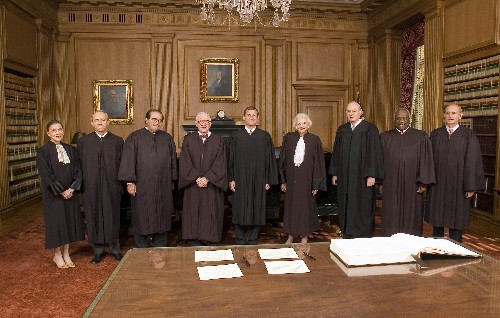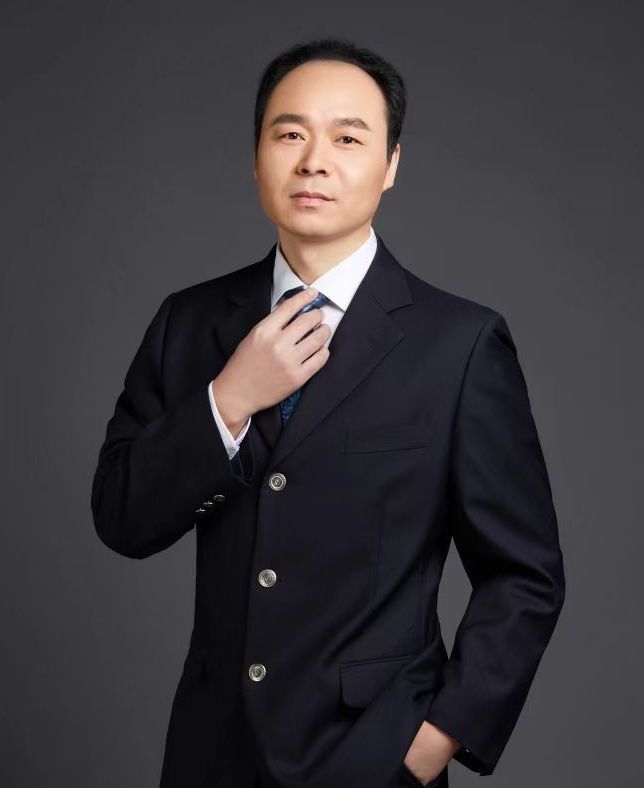上海劳动法律网
你在这里
Chapter 2 Trade Secrets

I . Key Influences on the Law of Trade Secrets
Trade secret doctrine developed in the common law and,since 1939,has been greatly in- fluenced by section 757 and 758 of the first Restatement of Torts. Restatement of Torts Section 757 provides;
One who discloses or uses another’s trade secret, without a privilege to do so, is liable to the other if
- He discovered the secret by improper means, or
- His disclosure or use constitutes a breach of confidence reposed in him by the other in disclosing the secret to him, or
3. He learned the secret from a third person with notice of the facts that it was a secret and that the third person discovered it by improper means or that the third person’s disclosure of it was otherwise a breach of his duty to the other, or
- He learned the secret with notice of the fact that it was a secret and that its disclosure was made to him by mistake.
Restatement Section 758 provides:
One who learns another’s trade secret from a third person without notice that it is a secret and that the third party’s disclosure is a breach of his duty to the other, or who learns the secret through a mistake without notice of the secrecy and the mistake,
- Is not liable to the other for a disclosure or use of the secret prior to receipt of such notice, and ",
- Is liable to the other for a disclosure or use of the secret after the receipt of such notice , unless prior thereto he has in good faith paid value for the secret or has so changed his position that to subject him to liability would be inequitable.
Another important development in trade secret law occurred in 1979, when the National Conference of Commissioners on Uniform State Laws published the Uniform Trade Secrets Act. The Uniform Act was designed to be enacted by individual state legislatures, and indeed, as of 1994,39 jurisdictions have adopted it or its 1985 revised version. Key provisions of the Uniform Act are quoted in the notes below. As its title suggests, the Uniform Act was intended to codify and further unify state trade secret provisions. In many respects the Uniform Act codified common -law rules that had already been established by the courts,with the influence of Restatement of Torts Section 757 and 758. Thus, the Uniform Act and the Restatement of Torts are similar in many respects and the Restatement provisions continue to be influential in interpreting the law,even in jurisdictions that have adopted the Uniform Act. For a detailed discussion of the Uniform Act and a comparison with Restatement of Torts Section 757 and 758, see Klitzke, The Uniform Trade Secrets Act,64 MARQ. M. REV. 277.
Under either the Restatement or the Uniform Act, analysis of most trade secret claims breaks down into two basic inquires: (i) does the information or idea at issue qualify as a trade secret? and(ii)if it does,is the defendant’s acquisition,disclosure or use of it prohibited under one of the theories set forth in Restatement of Torts Section 757 and 758 or their counterpart, Section 1 of the Uniform Trade Secrets Act?
II. The Definition of Trade Secret
The court in Cyfertek refers to the Restatement of Torts definition of trade secret information , which is set forth in Section 757, comment b:
A trade secret may consist of any formula,pattern, device or compilation of information which is used in one’s business, and which gives him an opportunity to obtain an advantage over competitors who do not know or use it. It may be a formula for a chemical compound, a process of manufacturing, treating or preserving materials, a pattern for a machine or other device, or a list of customers. It differs from other secret information in a business in that it is not simply in-
.Lion as to single or ephemeral events in the conduct of the business,as,for example,the a- xiount or other terms of a secret bid for a conduct or the salary of certain employees, or the security investments made or contemplated, or the date fixed for the announcement of a new policy or for binging out a new model or the like. A trade secret is a process or device for continuous use in the operation of the business.
Section 757, comment b, provides six factors which should be considered in determining whether given information constitutes a trade secret:
- The extent to which the information is known outside of [plaintiff’s] business.
- The extent to which it is known by employees and others involved in his business.
- The extent of measures taken by him to guard the secrecy of the information.
- The value of the information to him and his competitors.
- The amount of effort or money expended by him in developing the information.
- The ease or difficulty with which the information could be properly acquired or duplicated by others.
The Uniform Trade Secrets Act,Section 1(4) ,provides;
"Trade secret" means information,including a formula,pattern, compilation,program, device , method, technique, or process, that
- Derives independent economic value, actual or potential, from not being generally known to, and not being readily ascertainable by proper means by, other persons who can obtain economic value from its disclosure or use,and
- Is the subject of efforts that are reasonable under the circumstances to maintain is secrecy.
Why does Restatement of Torts Section 757 comment b require that the plaintiff use the secret continuously in his business? This is one of the points at which the Uniform Trade Secrets Act differs from Restatement Section 757. The drafters of the Uniform Act deliberately deleted the requirement. Likewise,the Tentative Draft of the Restatement(Third) of Unfair Competition deletes the requirement. RESTATEMENT(TIirRD) OF UNFAIR COMPETITION 39 (Tentative Draft No,4,1993).
III. The Secrecy Requirement
Why should protection be limited to information that is secret? What factors relevant in determining that the secrecy requirement was satisfied in that case?
- The extent to which the information is known outside of the plaintiff’s business. Information that is widely known by the public or by others in the plaintiffs field of business will not qualify as a secret. However, the secrecy need not be absolute. Restatement of Torts Section 757,comment b,provides that" others may also know of the information independently,as,for example,when they have discovered the process or formula by independent invention and are
keeping it secret. Nevertheless, a substantial element of secrecy must exist, so that, except by the use of improper means,there would be difficulty in acquiring the information. "
- The ease or difficulty with which the information could be acquired properly by others. If the information is available in trade journals or other published sources,it is not likely to qualify. Likewise, if the information can be ascertained by simply examining the claimant’s finished product, trade secrecy status will be destroyed as soon as the product is publicly distributed. The fact that the information can be learned through complex" reverse engineering" of the product, however, generally will not negate trade se.crecy status, as long as the defendant learned the information by some other mean. See Uniform Trade Secrets Act, Commissioner’s Comment.
- 浏览 3733 次

 邱国开律师,系本站主编,在司法机关从事过侦查和公诉工作数年,现执业于上海博和汉商律师事务所,长期专注于劳动法学、合同法、婚姻法学、公司法、刑法的研究,成功代理过大量案件,服务领域包括民商事案件代理、企业规章制度设计、合同文本的起草、公司法律顾问等。
邱国开律师,系本站主编,在司法机关从事过侦查和公诉工作数年,现执业于上海博和汉商律师事务所,长期专注于劳动法学、合同法、婚姻法学、公司法、刑法的研究,成功代理过大量案件,服务领域包括民商事案件代理、企业规章制度设计、合同文本的起草、公司法律顾问等。



